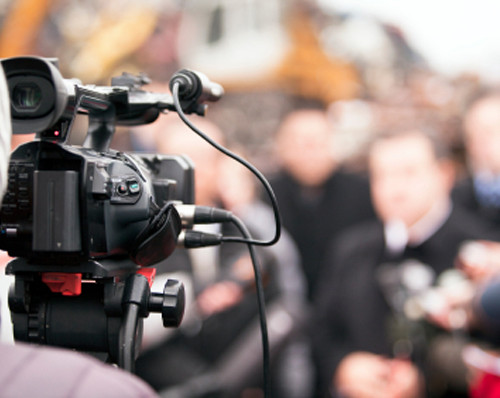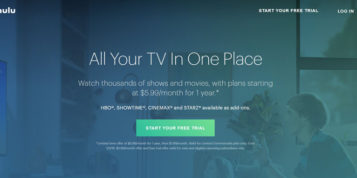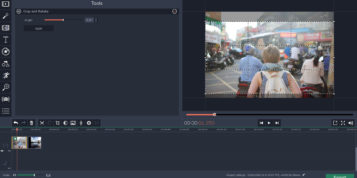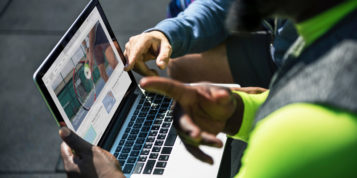Last month I wrote in this column about why you should consider holding your own virtual summit – a hybrid of pre-recorded and live content – and I called it the “ultimate marketing tool”. However, if you want to achieve maximum engagement and optimise viewing numbers, live content is your secret weapon.
First, let’s talk about why live?
On average, live content can keep your viewers glued to the screen longer than any VOD content. Only a few weeks ago we saw a great example of that, when 157,000 curious viewers stormed YouTube to watch Texas Senator Wendy Collins pulling off a 11-hour filibuster in order to stop an anti-abortion bill. As Collins’ emotional monologue kept going, the number of viewers kept increasing – hitting 183,000 at its peak.
The news industry is certainly the “usual suspect” when it comes to live events, but in recent years we have seen more publishers harnessing the power of live. According to the BBC, there were around 1.5 million requests during this year’s Glastonbury festival for the corporation’s live online webcasts, while in the US, the Bonaroo Festival attracted a whopping 11 million eyeballs over three days. In the education space, Cornell University generated more than 550,000 plays within four days when they used Kaltura to live-stream a once-in-10-years bloom of a rare greenhouse plant. In total, Cornell streamed 33,000 hours – equivalent to 3.8 years’ worth of content – and demonstrated how live video events are the best way to keep viewers engaged.
But other than the impressive numbers, live events generate much more buzz in social networks too. All the tweets, likes and ping-backs help to spread the word and push the publisher’s brand into new realms.
According to SecondSync, the BBC’s Saturday coverage of Glastonbury stimulated the most TV-based tweets that day and took the top three spots on the Tweet Leaderboard. And this year’s Superbowl saw a 44% increase in online viewership – reaching 3 million viewers and a massive social footprint of 52.5 million social comments throughout the day. Cornell’s live stream serviced viewers in France and Spain and received great coverage in the L.A. Times and Chicago Tribune.
Ok, so we are all convinced that live-streams are a great tool to achieve maximum engagement. What’s next? Here are some best practices and guidelines to consider when planning your next live event.
Choose a “Media Event” – the media scholars Dayan and Katz dubbed “Media Events” as “High Holidays of Mass Communication”. Although they have based their research on historical TV events like the funeral of JFK, the online revolution has changed nothing in the need of humans to witness some events as they unfold. The main criteria for Media Events has remained the same: events that are not routine and are by definition the interruption of routine. Keep this definition in mind, when choosing which events are worth live streaming.
Keep it long – live events are more effective when they stretch across many hours. Viewers are typically gratified by the ability to watch the event uninterrupted. Generally, you should strive to find a broadcast that could go on for a few days. This would enable you to benefit from social media activities as well as coverage in online sites and traditional media.
Keep it interactive – live events offer added value if the viewers feel they can somehow participate from afar. This is especially important if you are creating a periodical live event for your community (e.g. weekly Q&A instead of the traditional video tutorial or weekly podcast). In such broadcasts, you should read live tweets and Facebook posts to make the routine occurrence feel more distinctive.
Find the right technology – live event viewers are extra sensitive to buffering issues, so it’s crucial to use a reliable video platform. Kaltura is one example of such platform that could also give you the tools to monetize the same content as VOD. However, smaller publishers that are not looking to scale, may use free solutions as Google Hangouts. In terms of social tools, OVEE is a great solution to drive viewer interaction as well as YouTube, Facebook and Twitter.
Finally, if done right, live events could be your golden ticket to achieve extremely high engagement and valuable brand differentiation. What more can a marketing executive ask for?






